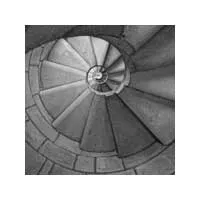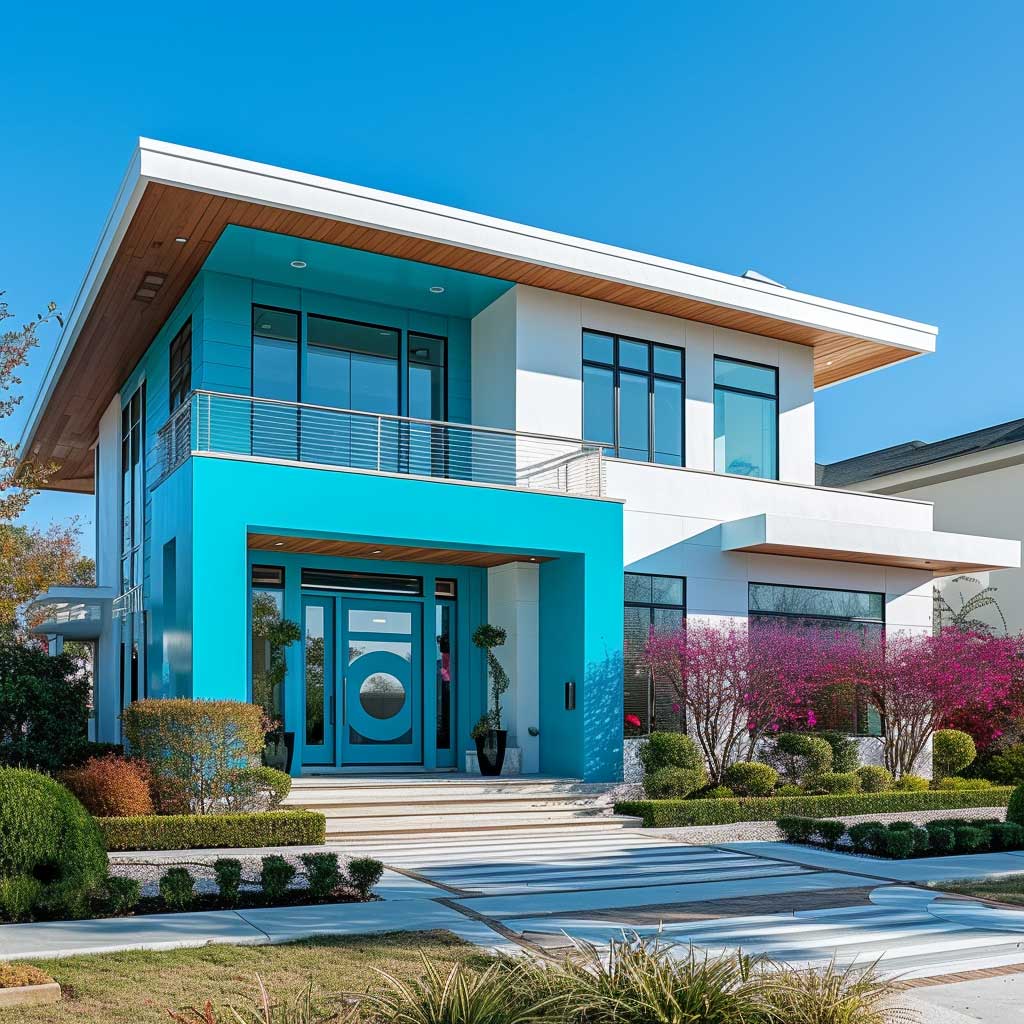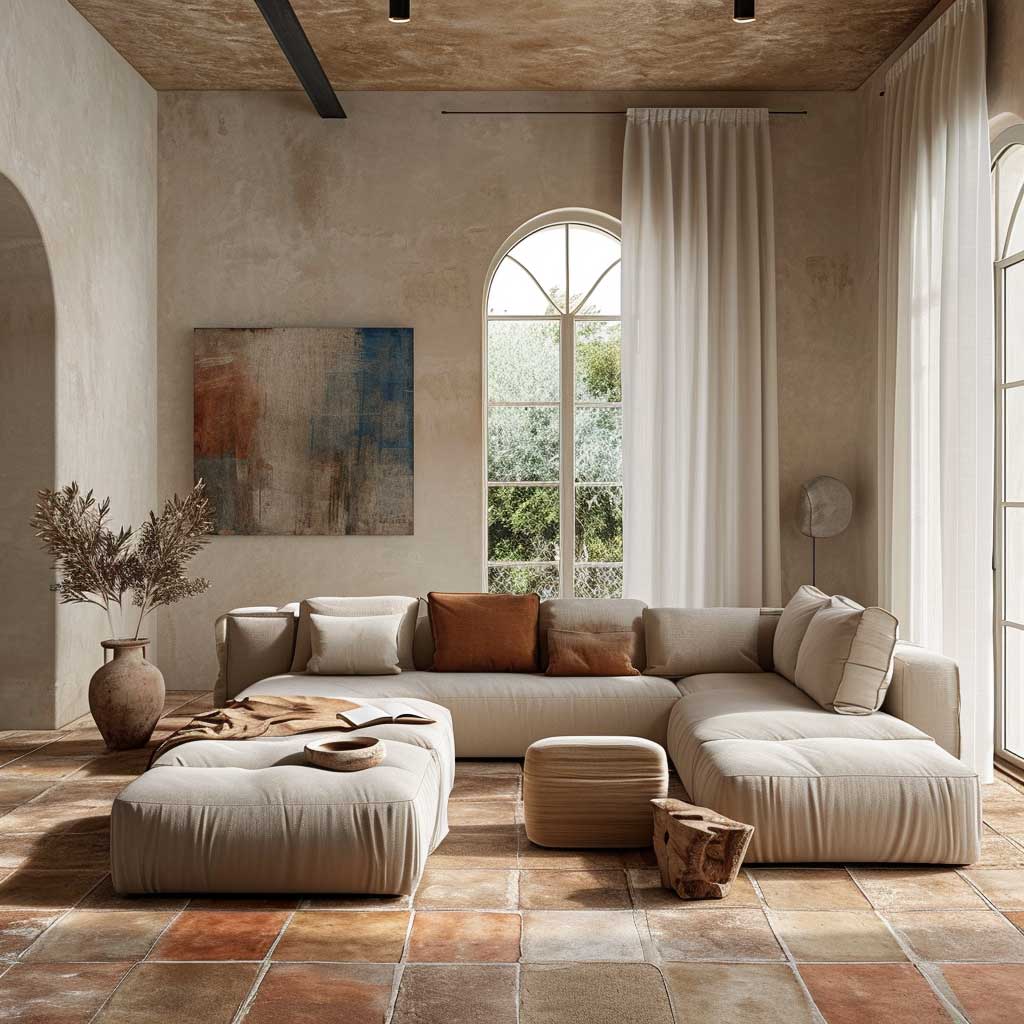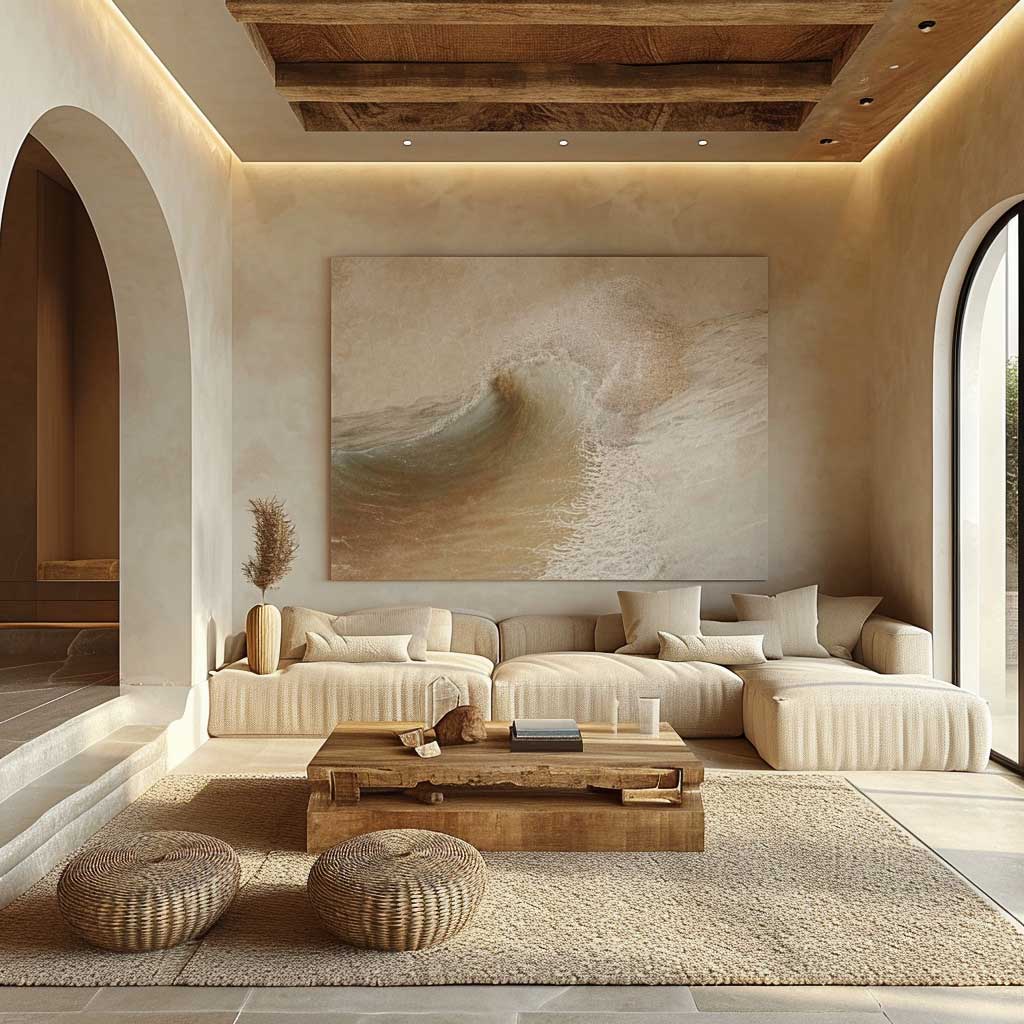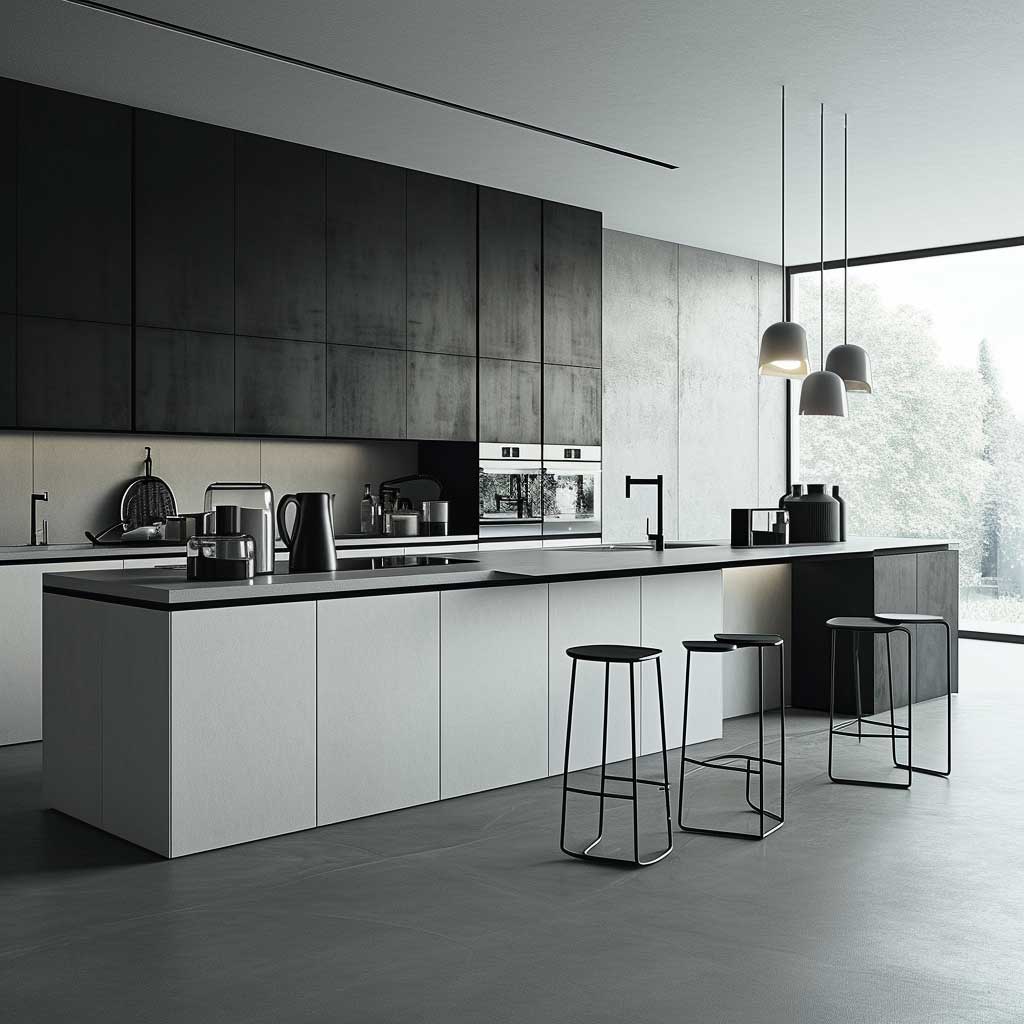Content
Embracing the warmth and charm of the Mediterranean region, this visual exploration delves into the harmonious blend of vibrant turquoise and rich terracotta. These colors not only capture the essence of seaside elegance but also infuse a sense of cultural depth and historical richness into exterior designs.
Sun-Kissed Terracotta Villa by the Sea
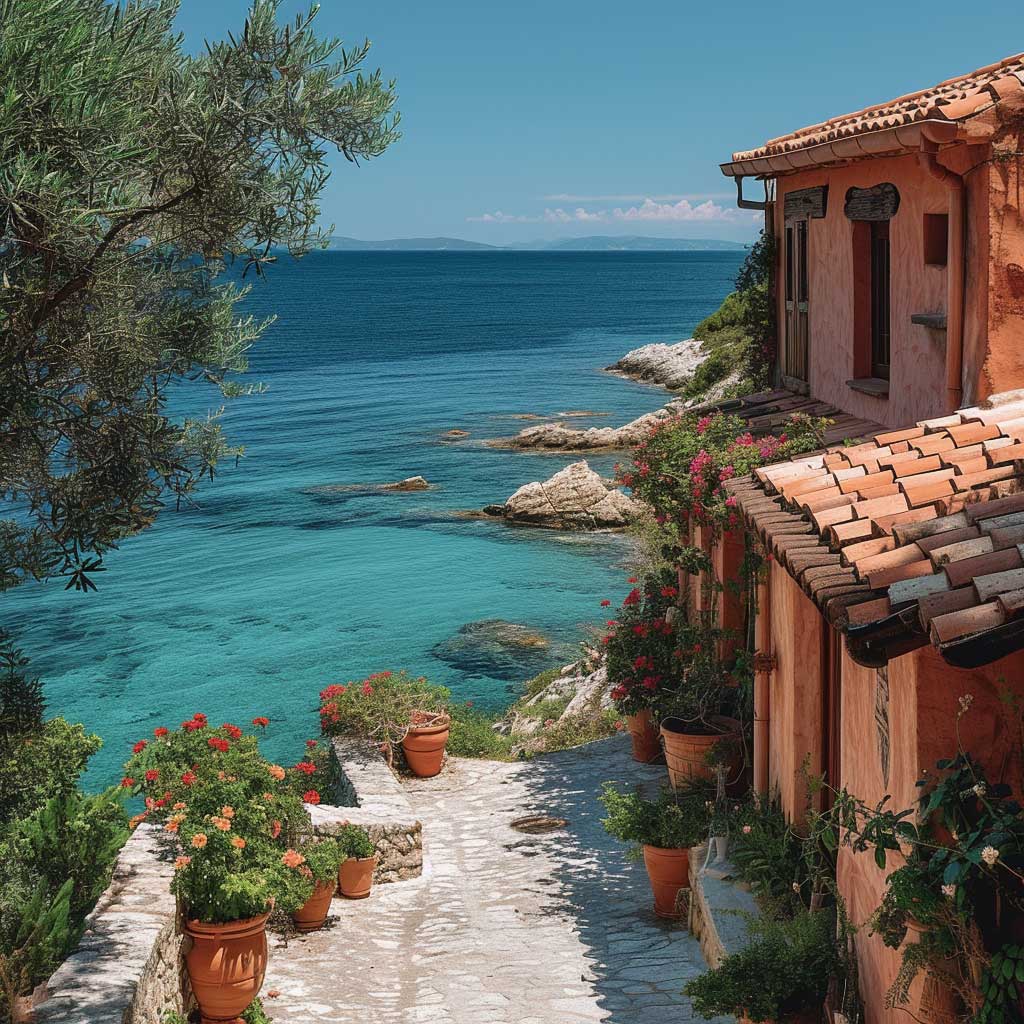
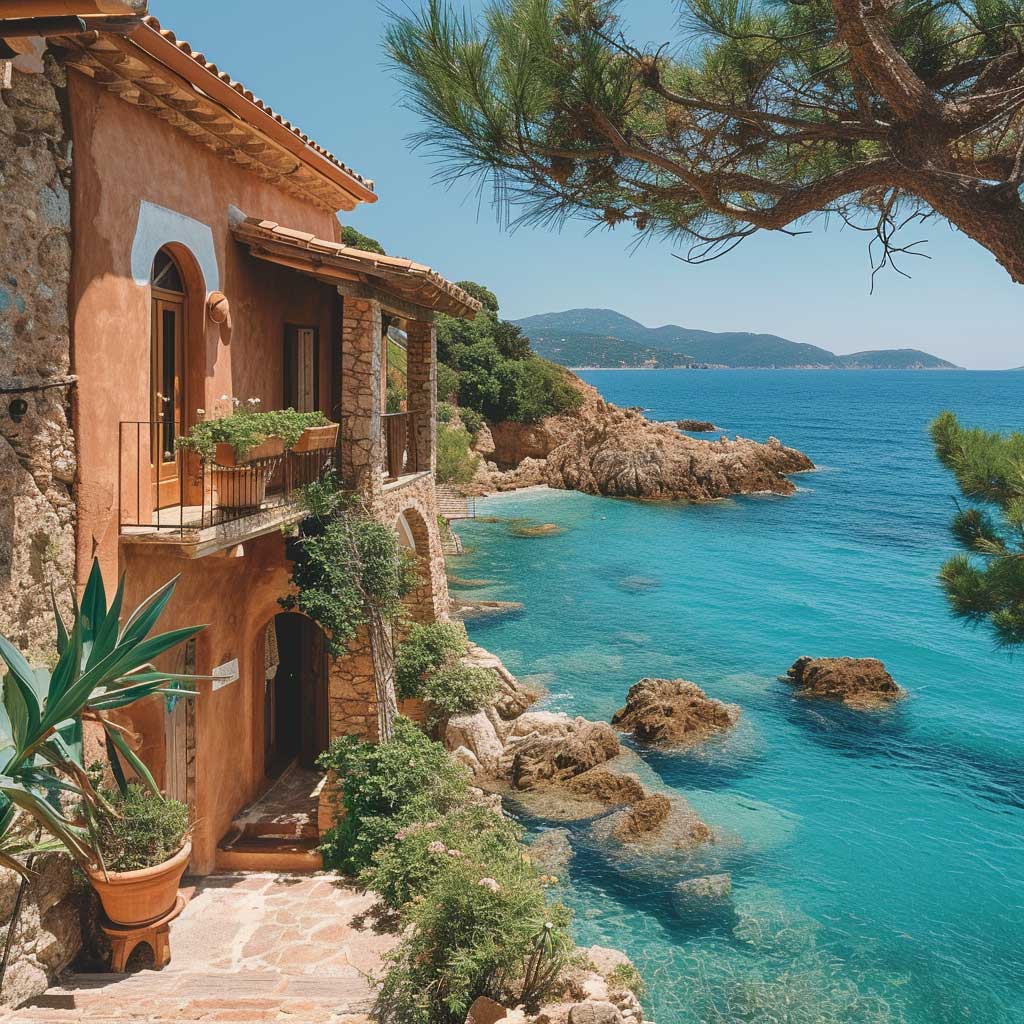

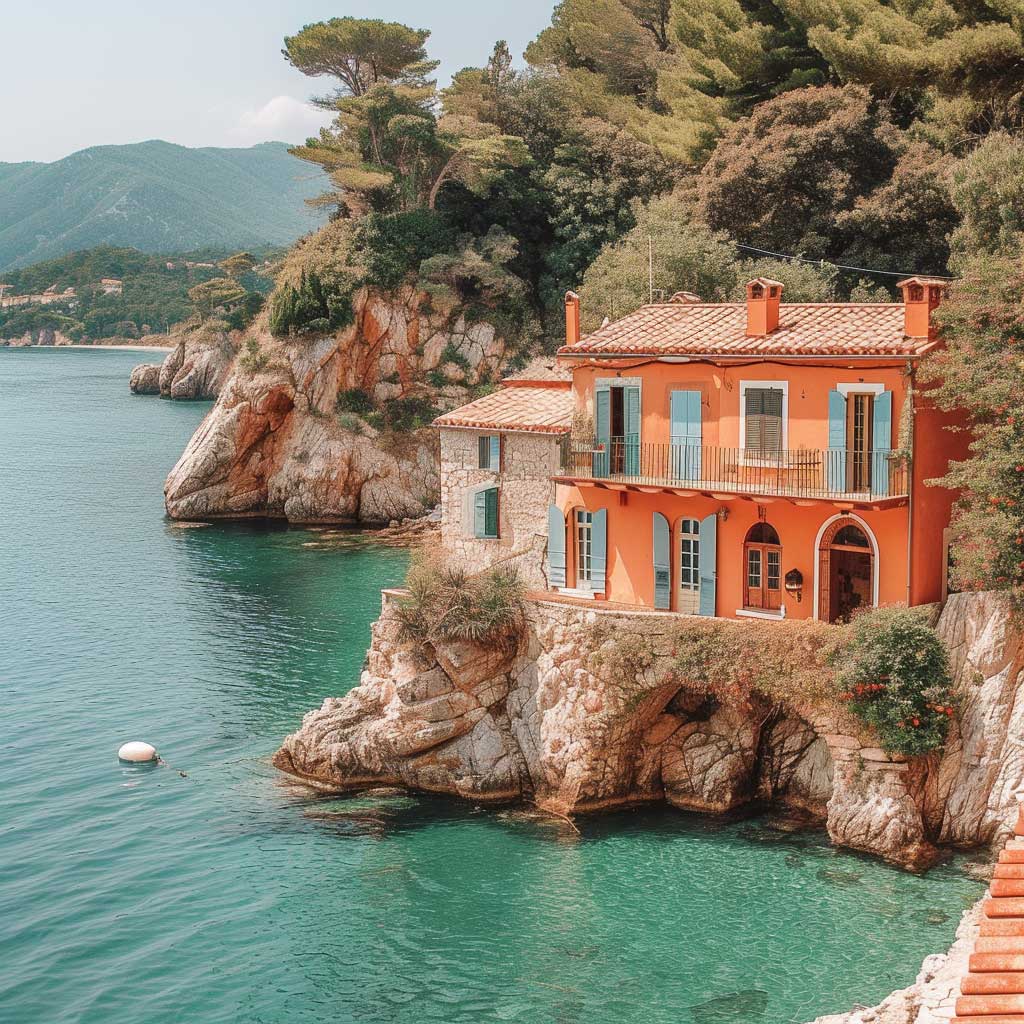
The charm of the Mediterranean is encapsulated perfectly in the vision of a sun-kissed terracotta villa, cradled by the calming expanse of the turquoise sea. This imagery transports us to a place where time seems to move at a leisurely pace, and the warm hues of the earth meet the soothing tones of the water, creating a picturesque harmony.
At the heart of this scene is the terracotta villa, its walls baked to a warm, earthy orange by the relentless Mediterranean sun. Terracotta, a material born from clay and fire, has been a staple in Mediterranean architecture for centuries. Its natural, porous nature makes it an ideal building material in a climate known for its hot summers and mild winters. The color reflects the cultural richness of the region, reminiscent of ancient pottery and historic art.
As the sun moves across the sky, the terracotta walls of the villa change their hues subtly, reflecting the passage of time. In the morning, the walls glow with a soft, golden light. By midday, they radiate with a fiery orange, and as the evening approaches, they take on a more muted, dusky hue. This ever-changing aspect adds a dynamic character to the villa, making it seem almost alive.
Adjacent to the villa, the turquoise sea adds a contrasting yet complementary element. The color turquoise, with its calming properties, has always been associated with tranquility and sophistication. In this setting, it represents the endless expanse of the sea, reflecting the sky and merging with the horizon. The sea acts as a perfect backdrop to the vibrant terracotta, its cool tones enhancing the warmth of the villa’s walls.

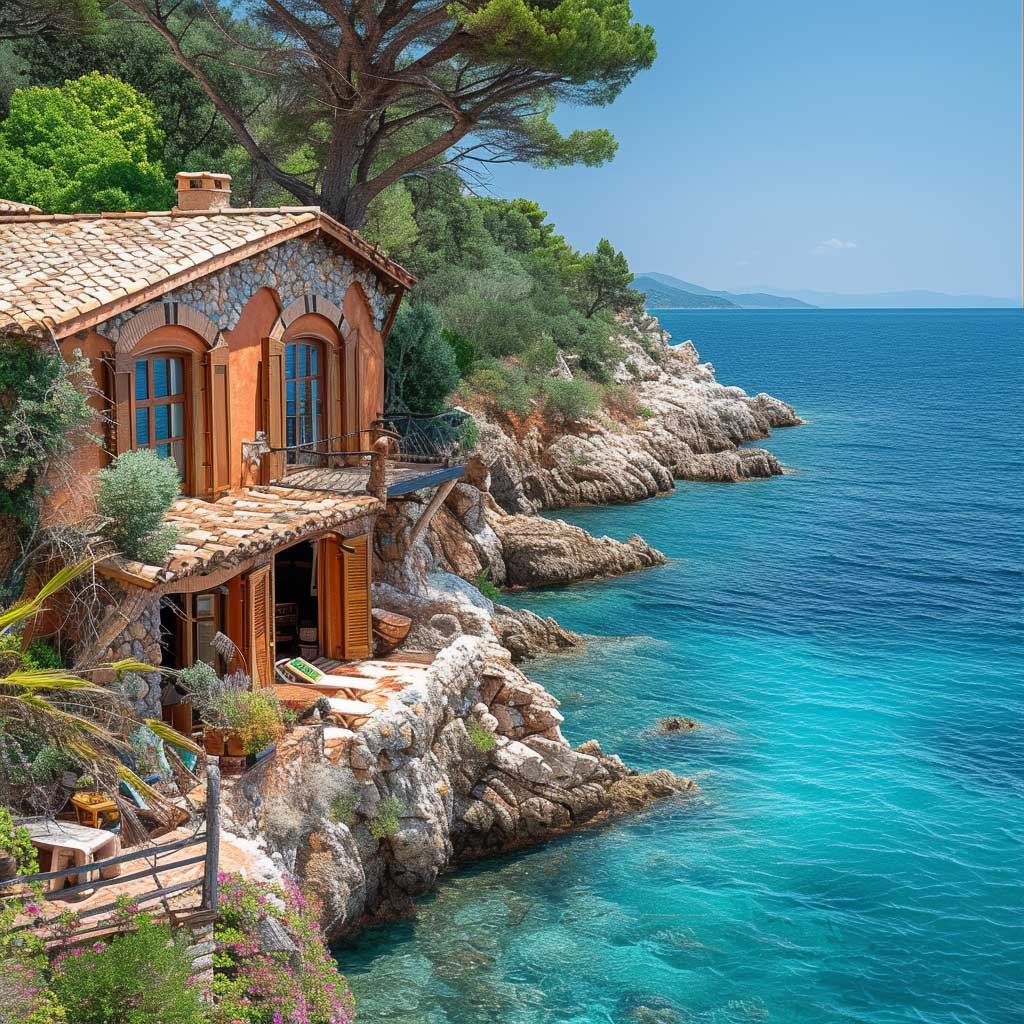


The relationship between the villa and the sea is not just visual but also deeply cultural. Mediterranean architecture has always been influenced by its proximity to the sea. The sea has been a source of sustenance, a means of travel and exploration, and a gateway to other cultures. In our imagined villa, large windows and open terraces invite the sea breeze, blending indoor and outdoor living spaces.
The beauty of this scene is not only in its colors but also in its simplicity and harmony with nature. The villa doesn’t overpower its surroundings but instead blends seamlessly into the landscape. Local flora, like olive trees and bougainvillea, add splashes of green and magenta, creating a canvas that is rich in texture and color.
The sun-kissed terracotta villa by the sea is more than just a picturesque setting; it is a testament to the timeless appeal of Mediterranean architecture. It is a place where history, culture, and nature come together in a beautiful symphony of colors, creating a space that is both calming and invigorating.
Turquoise Accents on Terracotta Streets

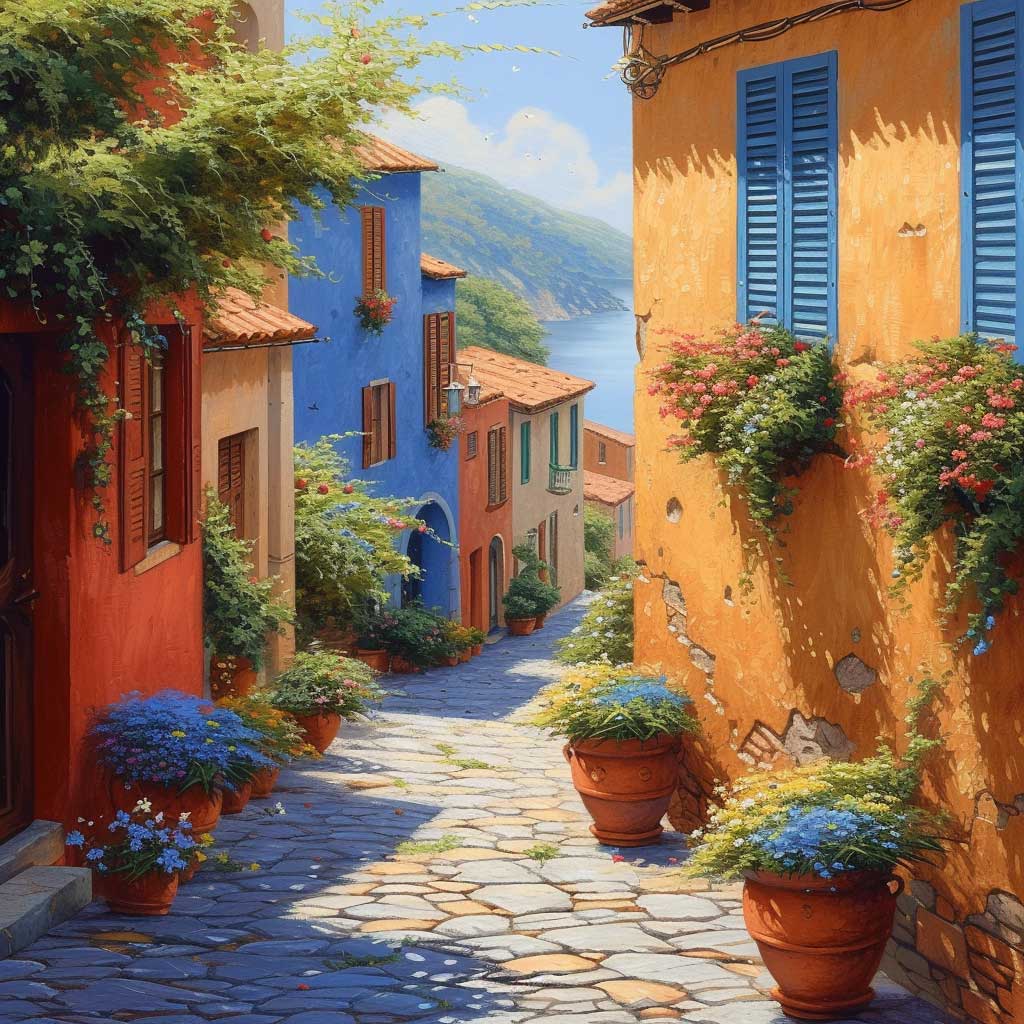

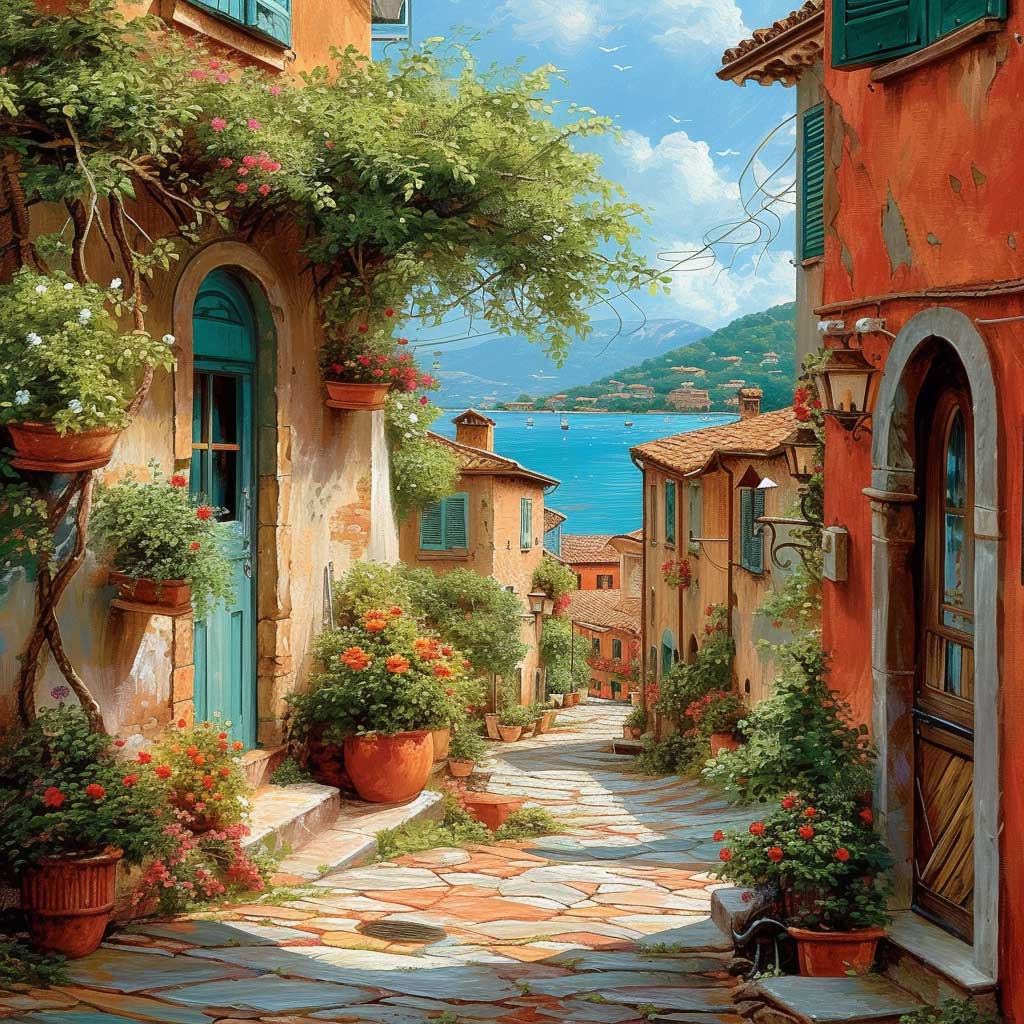
Imagine walking down a quaint street in a Mediterranean town, where the warmth of terracotta walls is beautifully juxtaposed with vibrant turquoise accents. This imagery is not just about the vivid color palette but also about the story of a culture deeply connected to its history and environment.
Terracotta, the material of choice for many Mediterranean buildings, is celebrated for its natural, earthy tone. It’s a color that seems to embody the spirit of the region – warm, welcoming, and full of life. The streets lined with terracotta buildings create a sense of continuity and timelessness, as if they have been there for centuries, witnessing the ebb and flow of daily life.
But it is the turquoise accents that catch the eye and add a unique character to these streets. Turquoise, a color that evokes the vibrancy of the Mediterranean Sea and the expanse of the sky, is used sparingly yet effectively. It might appear in the form of window shutters, door frames, or even intricately painted tiles. These splashes of color stand out against the terracotta backdrop, creating a visual feast for the eyes.
The use of turquoise is not arbitrary but deeply symbolic. It represents the region’s affinity with the sea, a source of life, trade, and exploration. Turquoise also carries with it a sense of mystery and exoticism, reminiscent of the distant lands and cultures that have interacted with the Mediterranean throughout history.
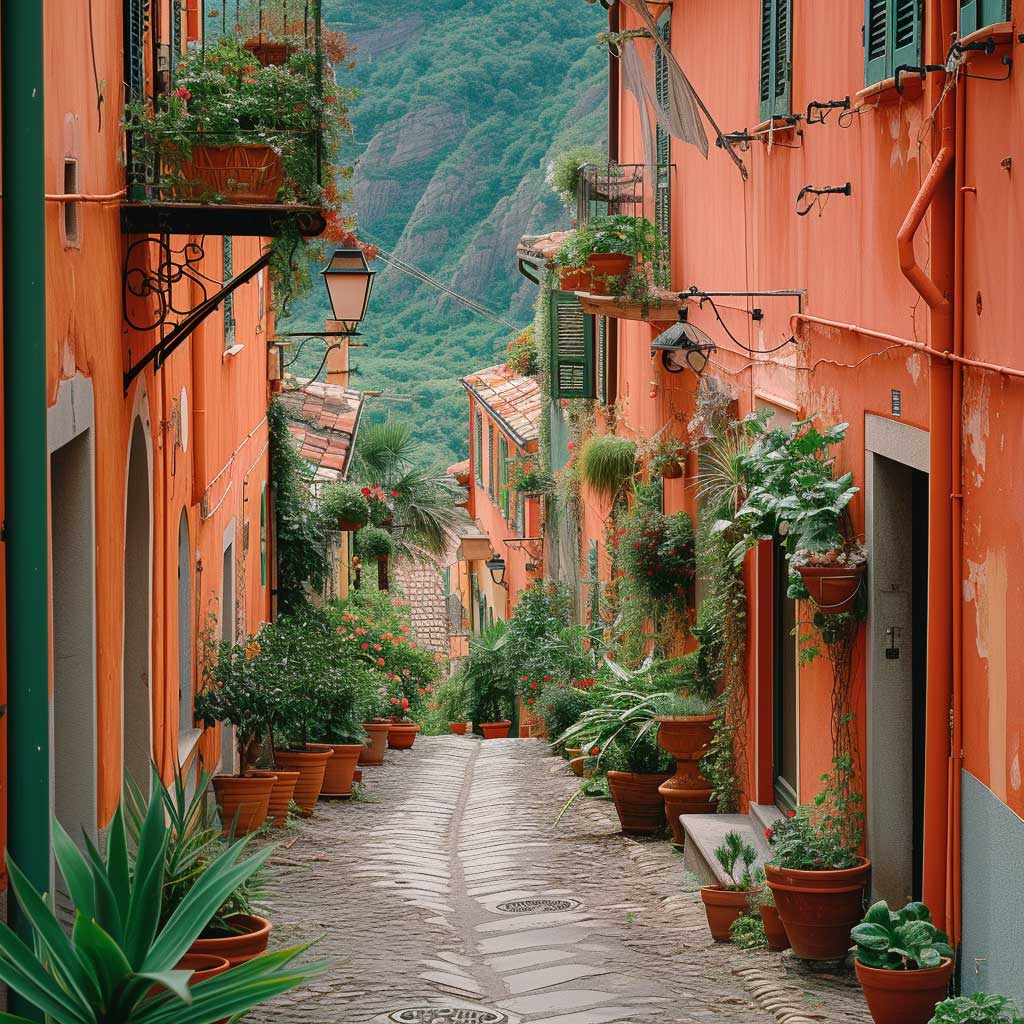
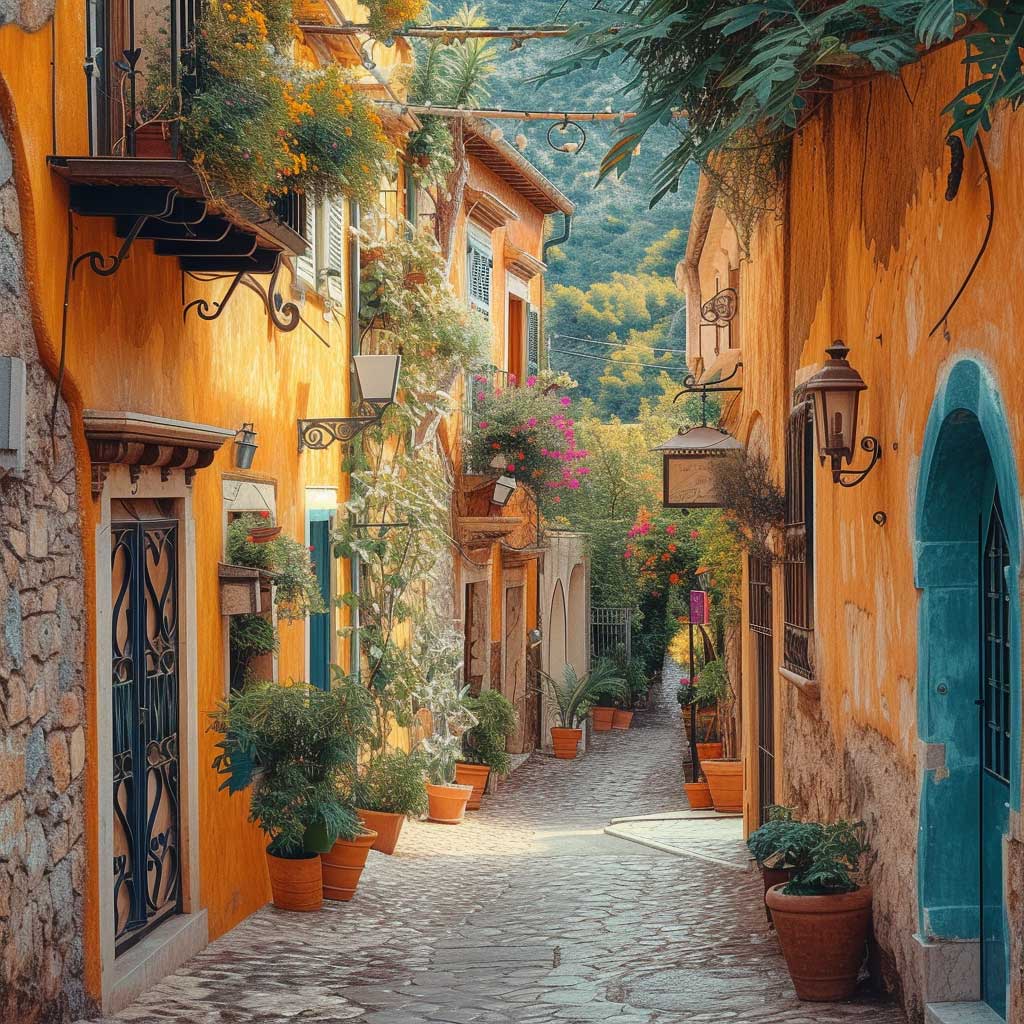
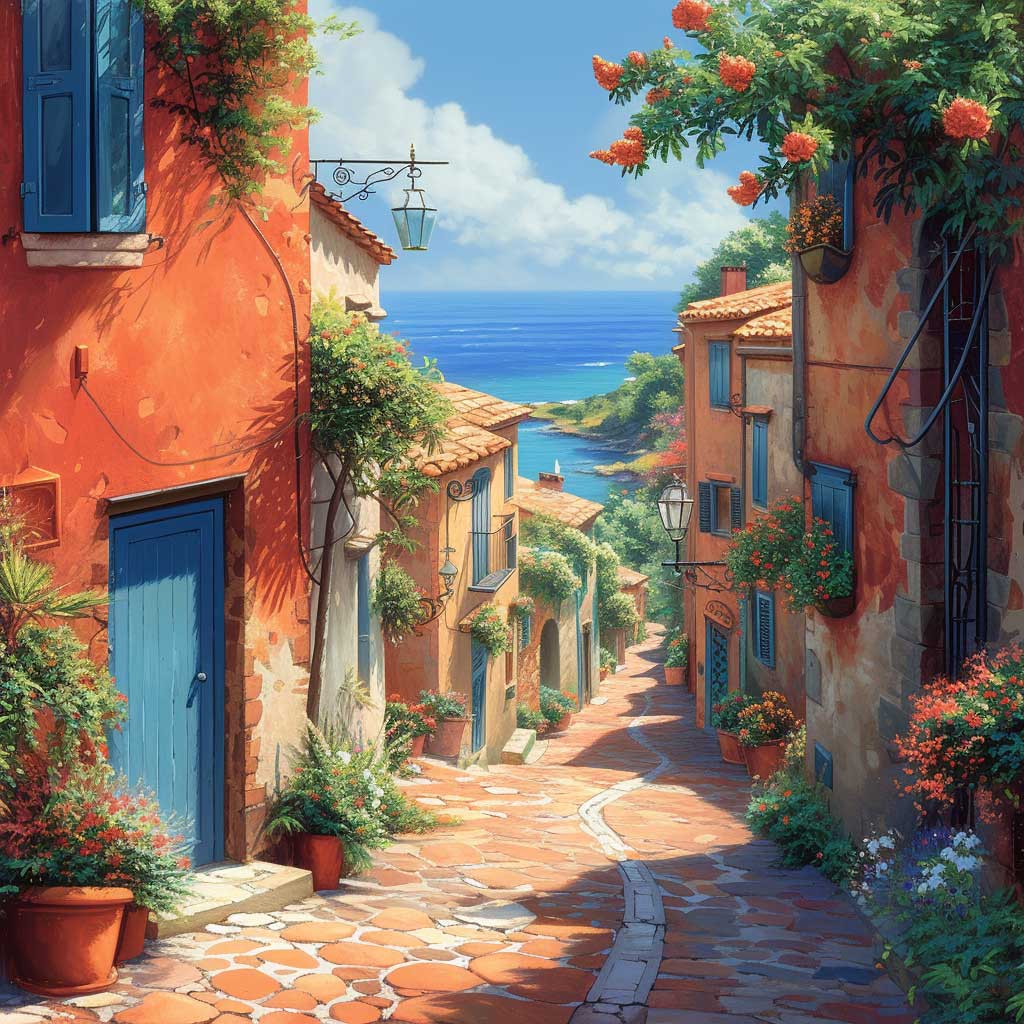

Walking down these streets feels like a journey through time. The cobblestone paths, worn smooth by generations of footsteps, lead you through a labyrinth of history. Each building, with its terracotta façade and turquoise accents, tells a story. Some houses might have wrought iron balconies, overflowing with flowers, while others might display intricate tile work, each pattern more intricate than the last.
The beauty of these streets lies in their details. The way the light plays on the terracotta, casting deep shadows in the afternoons and glowing warmly in the evenings. The sound of the turquoise shutters creaking gently in the breeze. The scent of fresh bread and coffee wafting from the open doors of local cafes. These sensory experiences combine to create a feeling that is both exhilarating and comforting.
In these streets, the combination of terracotta and turquoise is not just about aesthetics; it’s about creating a sense of place. A place where history is not just preserved in museums but is lived and breathed every day. A place where the past and present merge seamlessly, creating a vibrant tapestry of life.
The turquoise accents on terracotta streets are a celebration of the Mediterranean spirit – resilient, vibrant, and endlessly captivating. It’s a color palette that not only enhances the visual appeal of the streets but also tells a story of a region that has always been a melting pot of cultures, ideas, and traditions.
Coastal Haven with Turquoise and Terracotta Harmony
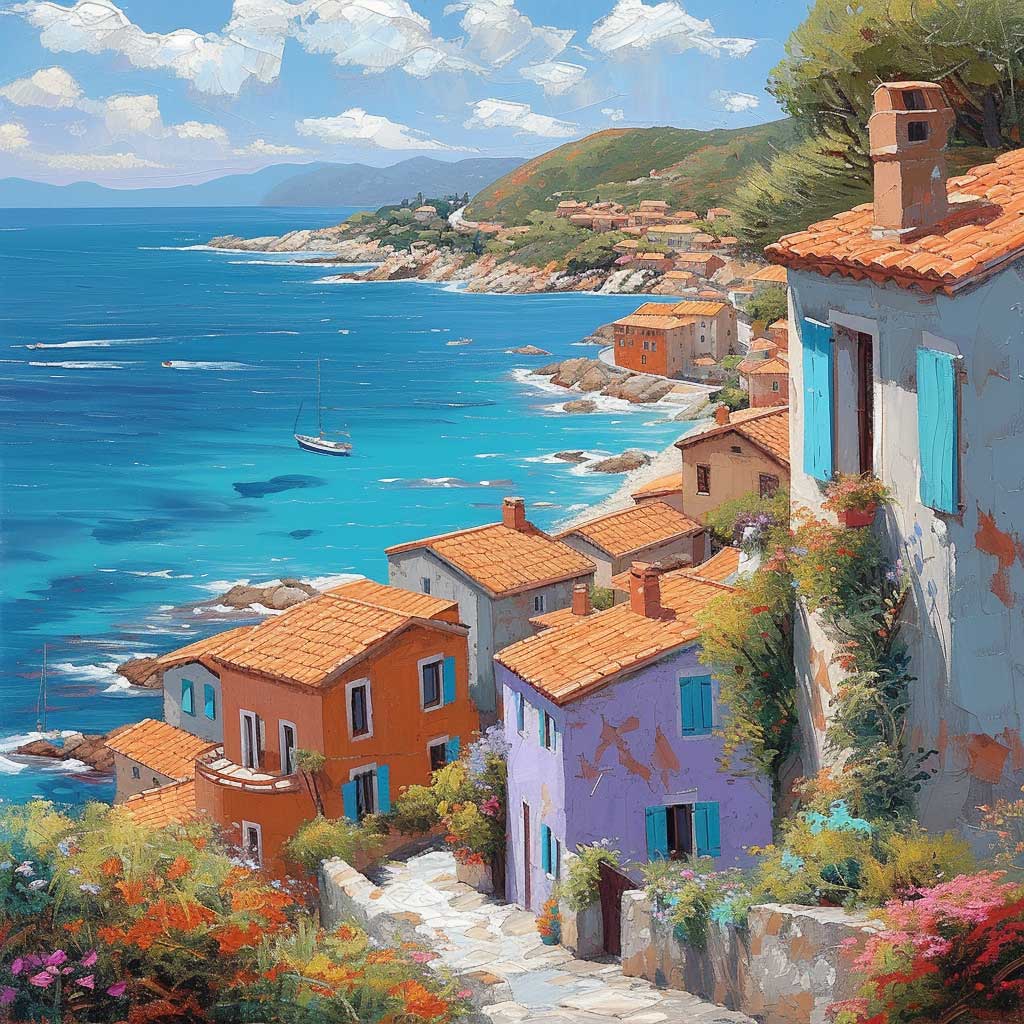
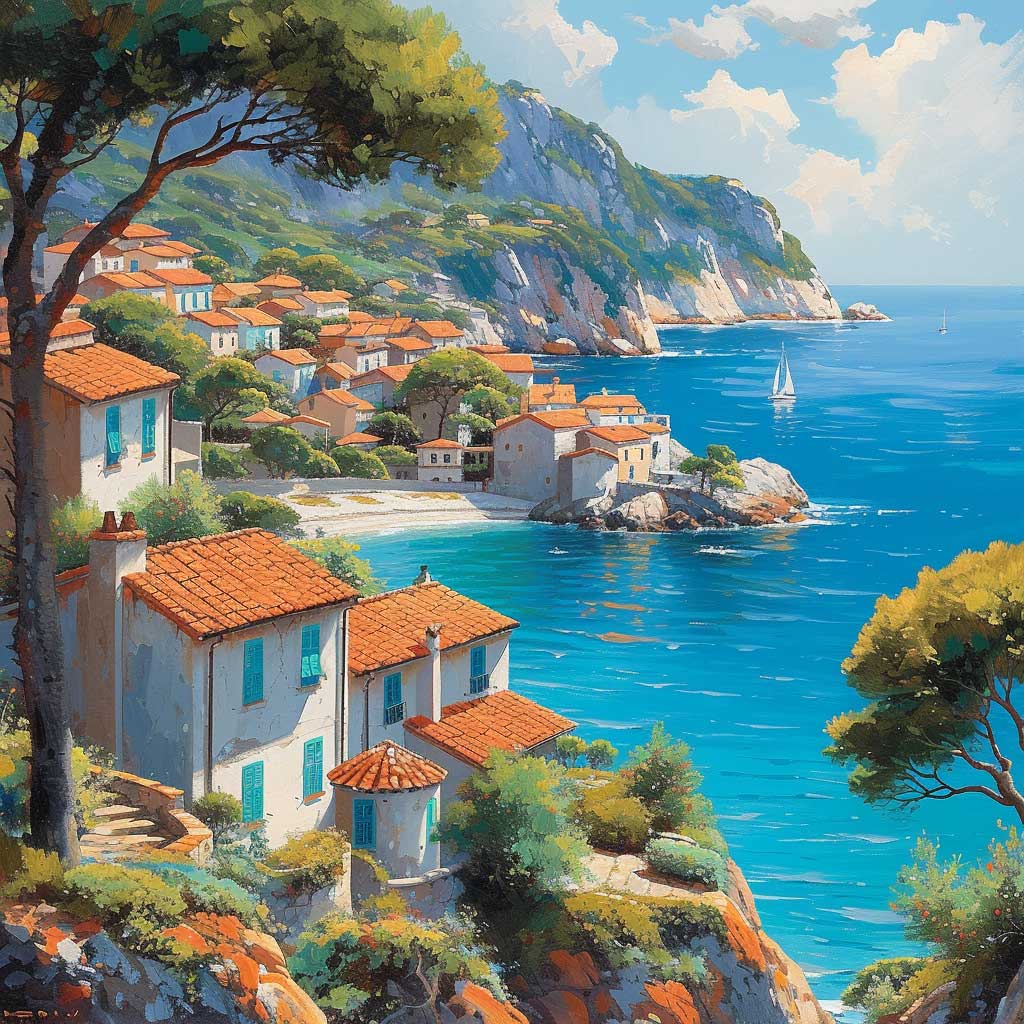

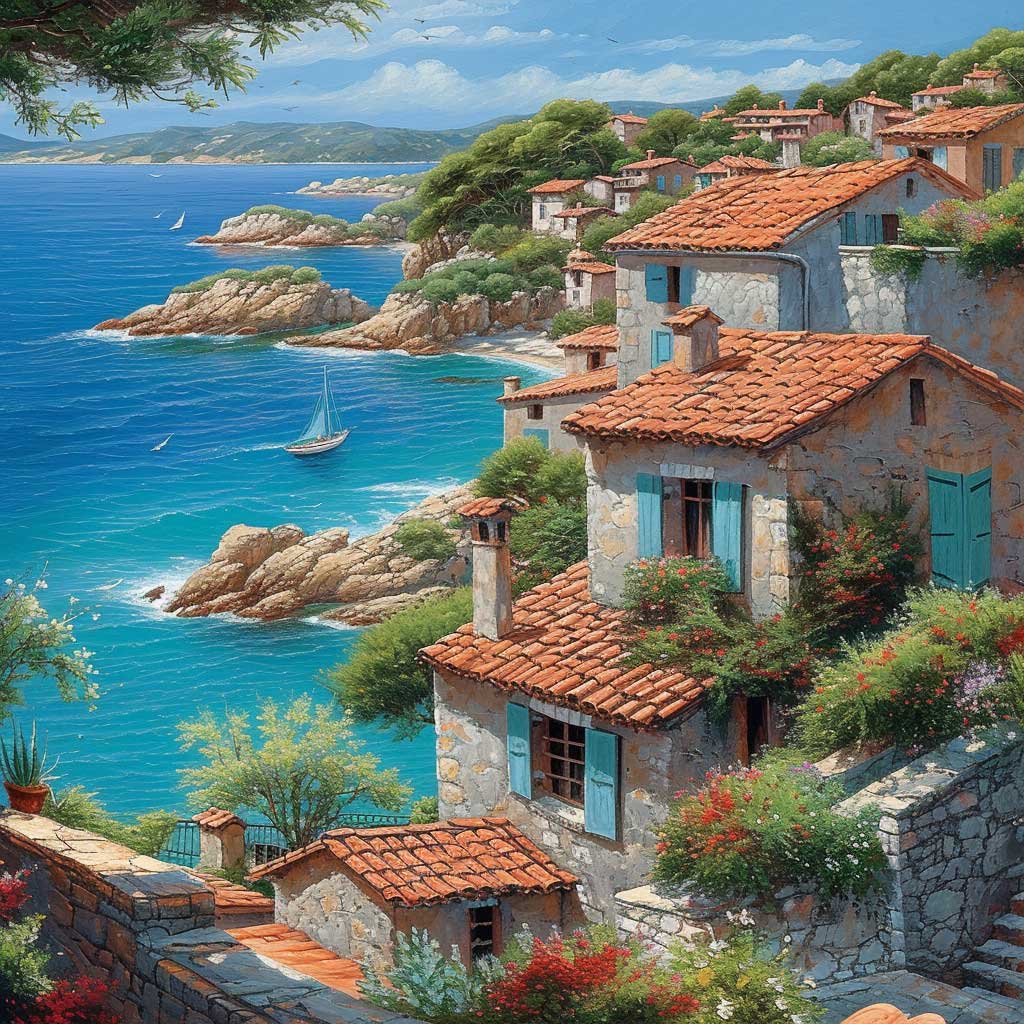
Picture a coastal haven where the tranquil beauty of turquoise waters meets the warm embrace of terracotta architecture, creating a landscape that is both soothing and invigorating. This setting, found along the Mediterranean coastline, is a perfect illustration of how color can influence mood and atmosphere.
Terracotta, a material intrinsically linked to the earth, forms the foundation of this coastal haven. Its rich, warm hues are reminiscent of the clay from which it originates, symbolizing a connection to the land and its natural resources. Terracotta roofs, with their distinctive orange-red color, are a signature feature of Mediterranean architecture. They not only provide practical benefits, like durability and insulation, but also add a rustic charm to the buildings.
Complementing the earthy tones of terracotta, the turquoise of the sea adds a refreshing and vibrant element to the landscape. The color turquoise, often associated with clarity and calmness, mirrors the serenity of the Mediterranean waters. It’s a color that invites contemplation and relaxation, offering a visual escape from the hustle and bustle of everyday life.
The interplay between turquoise and terracotta in this coastal setting is a dance of contrasts and harmony. On one hand, the warm terracotta seems to anchor the buildings to the land, reflecting the region’s agricultural roots and historic past. On the other hand, the cool turquoise waters represent the endless possibilities of the horizon, the adventures that lie beyond the familiar shores.

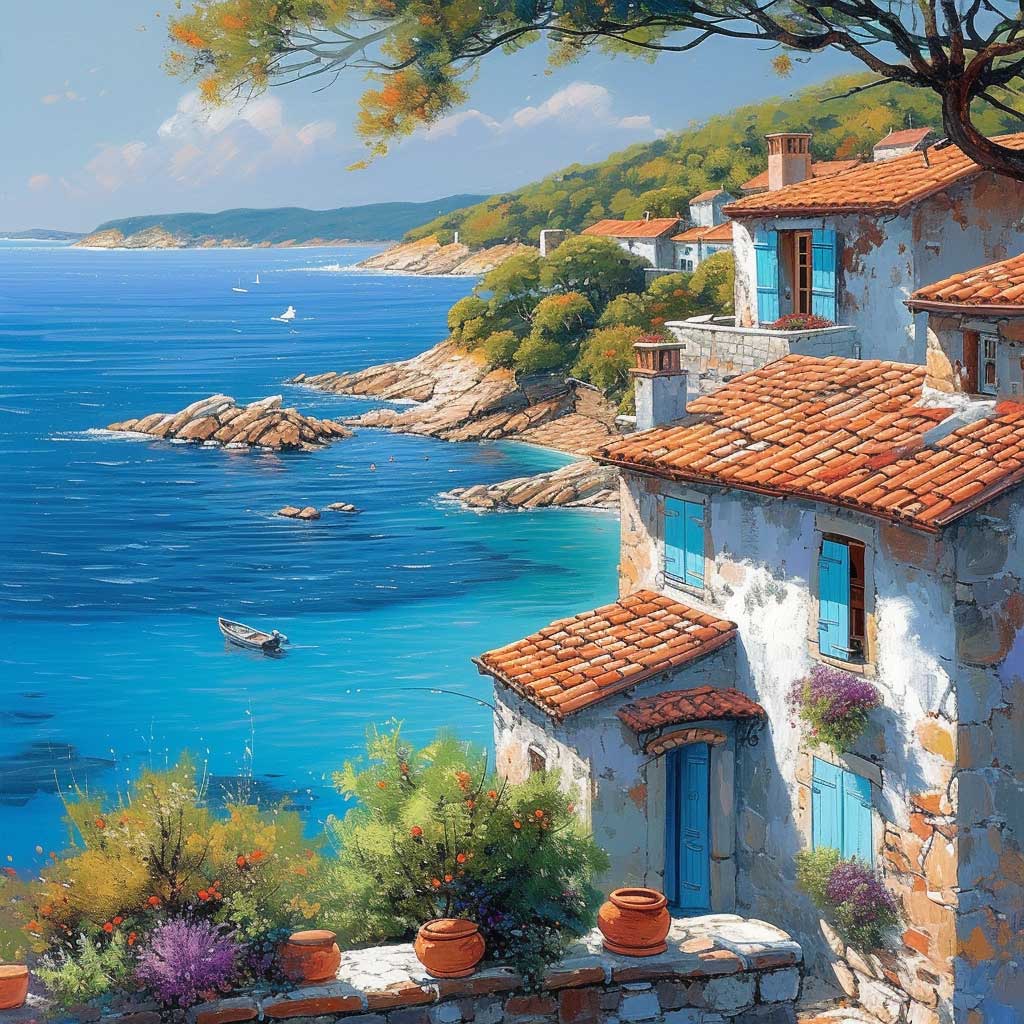


This harmony is further accentuated by the design of the buildings themselves. Many homes and structures in this coastal haven feature large windows and open terraces, designed to maximize the views of the sea. The use of natural materials, like stone and wood, alongside terracotta, ensures that the buildings blend seamlessly with their surroundings. The result is a living environment that is in perfect balance with nature.
The coastal haven is not just a feast for the eyes; it engages all the senses. The sound of the waves gently lapping against the shore, the smell of salt in the air, and the feel of the warm sun against the skin all contribute to the experience. The terracotta tiles cool underfoot, providing a welcome respite from the heat of the day.
In this haven, life moves at a slower pace. The days are marked by the rhythmic cycle of the sea, and the nights are lit by the stars and the soft glow of lanterns. It’s a place where people come to find peace, to reconnect with nature, and to experience the simple joys of life.
The coastal haven, with its harmonious blend of turquoise and terracotta, is more than just a picturesque location; it’s a symbol of the Mediterranean way of life. It represents a deep appreciation for beauty, a respect for nature, and a love for the simple things in life. This haven is a reminder that sometimes, the most profound pleasures can be found in the colors of our surroundings, and in the way they make us feel.
In conclusion, the fusion of vibrant turquoise and terracotta in Mediterranean exterior designs offers a captivating visual treat. It’s a testament to the region’s rich cultural tapestry and its inherent connection to the natural beauty of land and sea.
